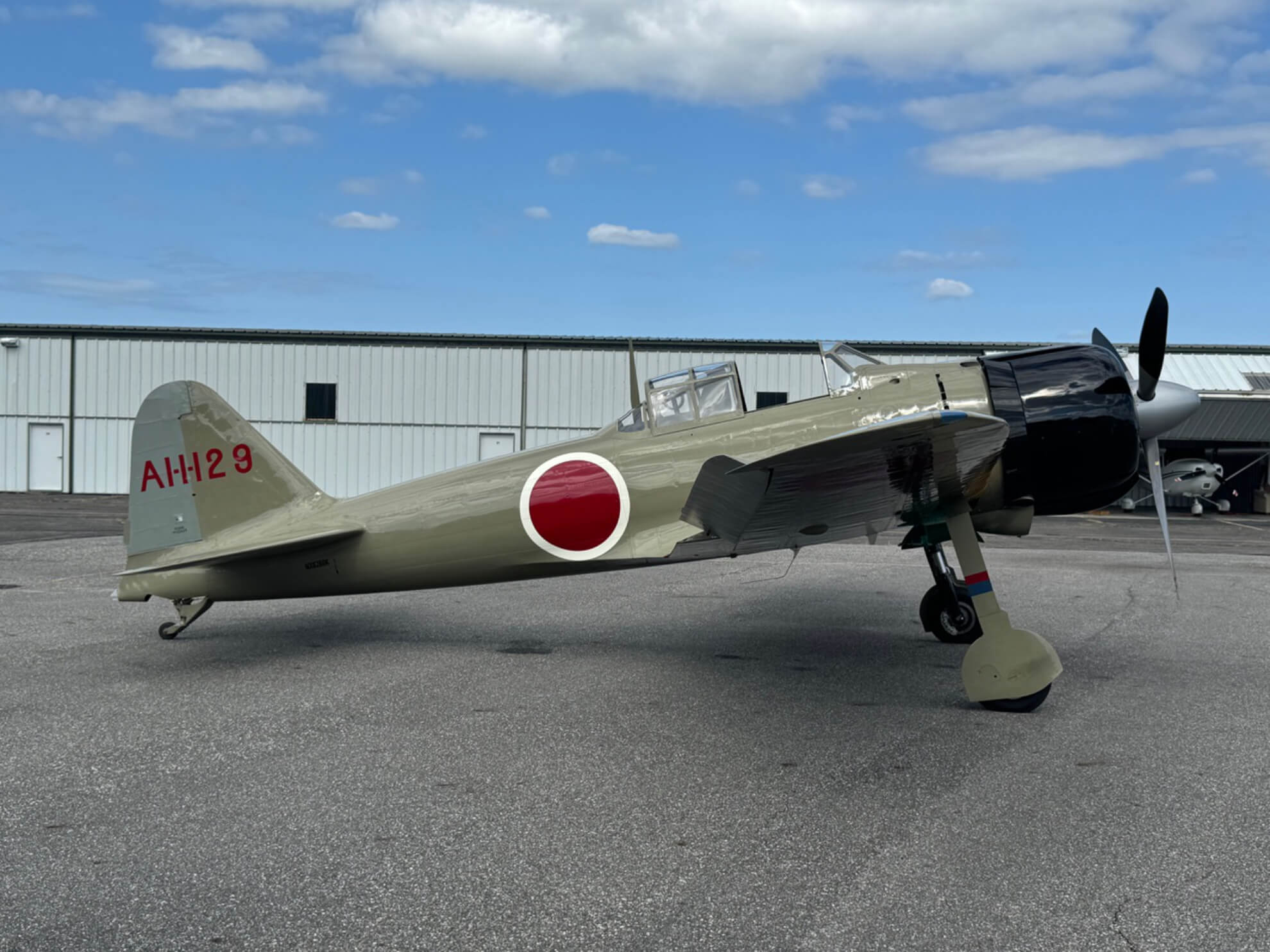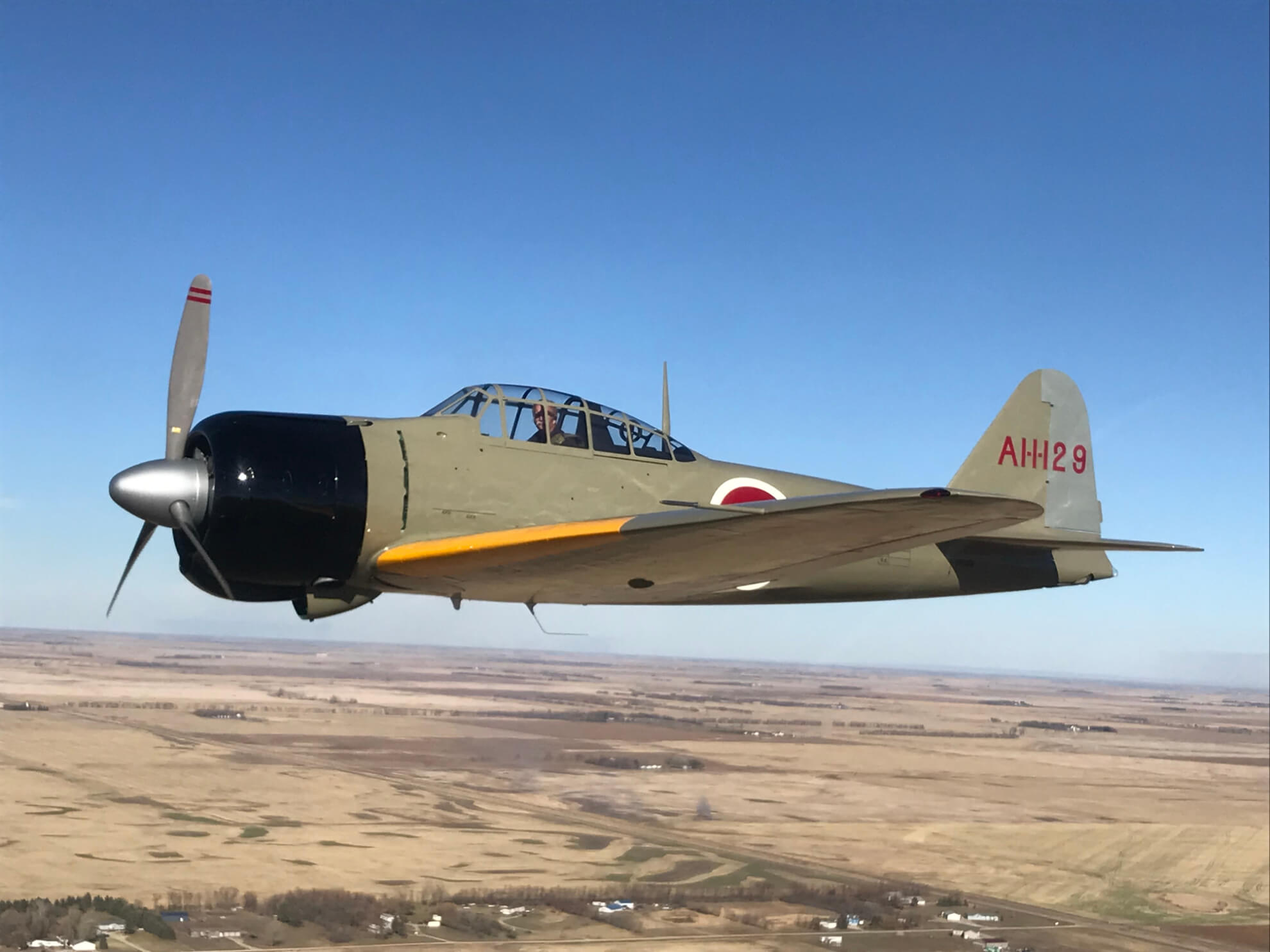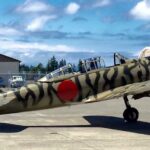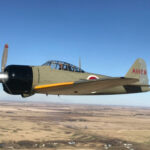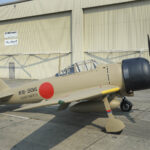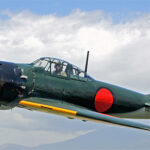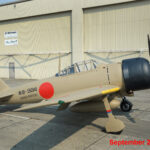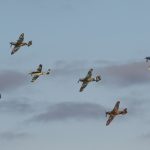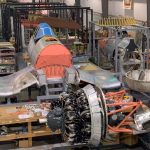Timmermans Legends of Flight, a privately-owned vintage warbird collection belonging to Peter and Annie Timmermans, has announced the acquisition of a Nakajima-Built A6M2 Model 21 Zero, registered as N8280K. This historic aircraft, s/n 1498, is now part of their growing collection, based at Chatham-Kent Airport in Ontario, Canada.
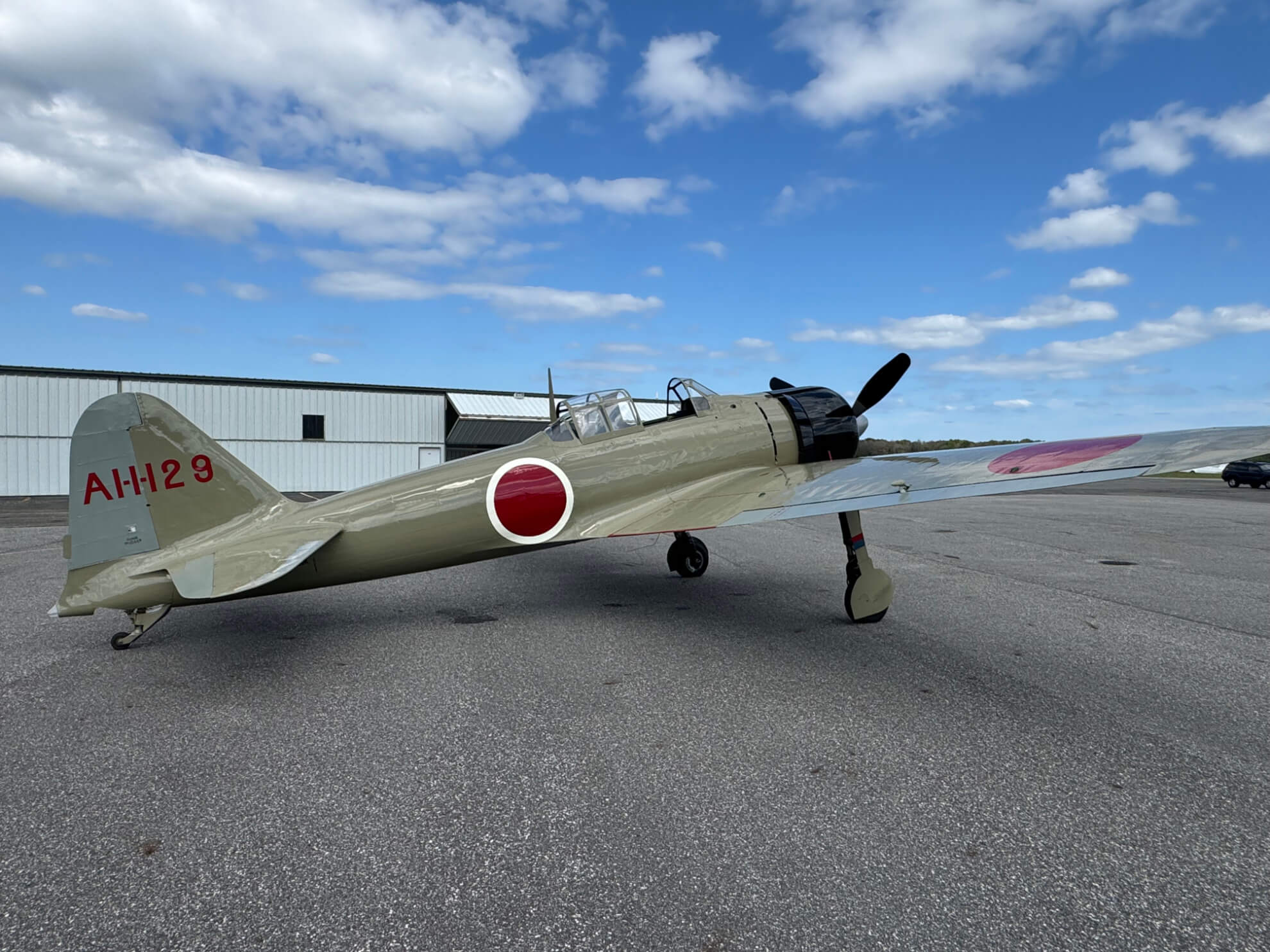
The Nakajima A6M-2 Zero was originally discovered in 1965 as a wreck in the jungle on Ballale Island, part of the Solomon Islands. Its restoration began in 1994 by the Blayd Corporation of Canada, a process that took an estimated 60,000 man-hours and involved crafting over 14,000 new parts. Mitsubishi Corporation, the original manufacturer, contributed to the restoration by supplying original blueprints and sending engineering students to assist with translations. The project was sold in 2000 to a consortium led by Gerry Beck, who completed the restoration by installing instruments, hydraulics, and fitting a Pratt & Whitney R-1830 engine for enhanced reliability.
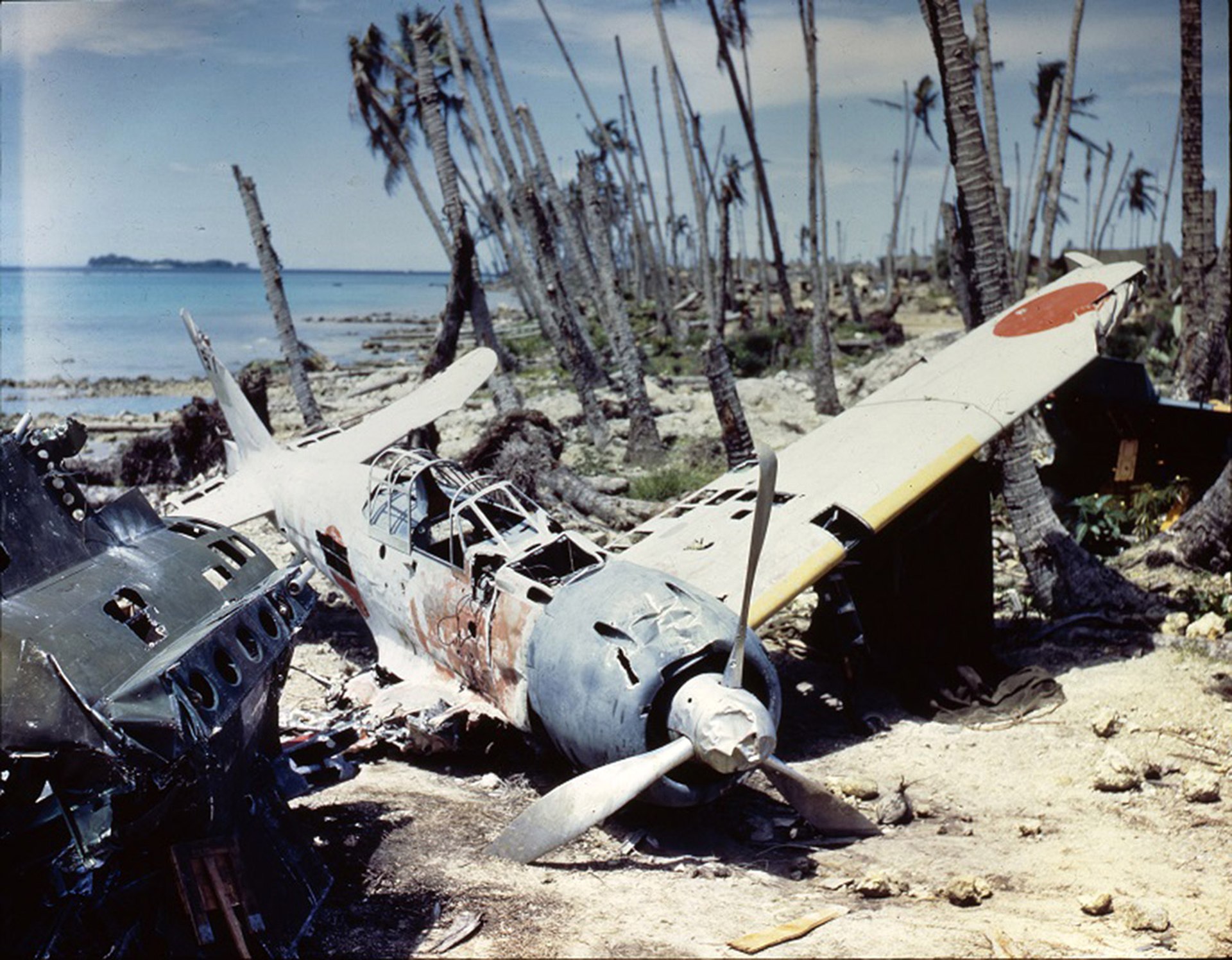
The Zero, famously known as the Allies’ primary adversary in the Pacific theater during World War II, became a symbol of Japan’s aerial dominance. First flown in April 1939, the Zero was mass-produced by Mitsubishi, Nakajima, Hitachi, and the Japanese Navy, with 10,815 units built between 1940 and 1945. It was the most widely produced Japanese aircraft of the war and became an iconic symbol of Japanese air power.
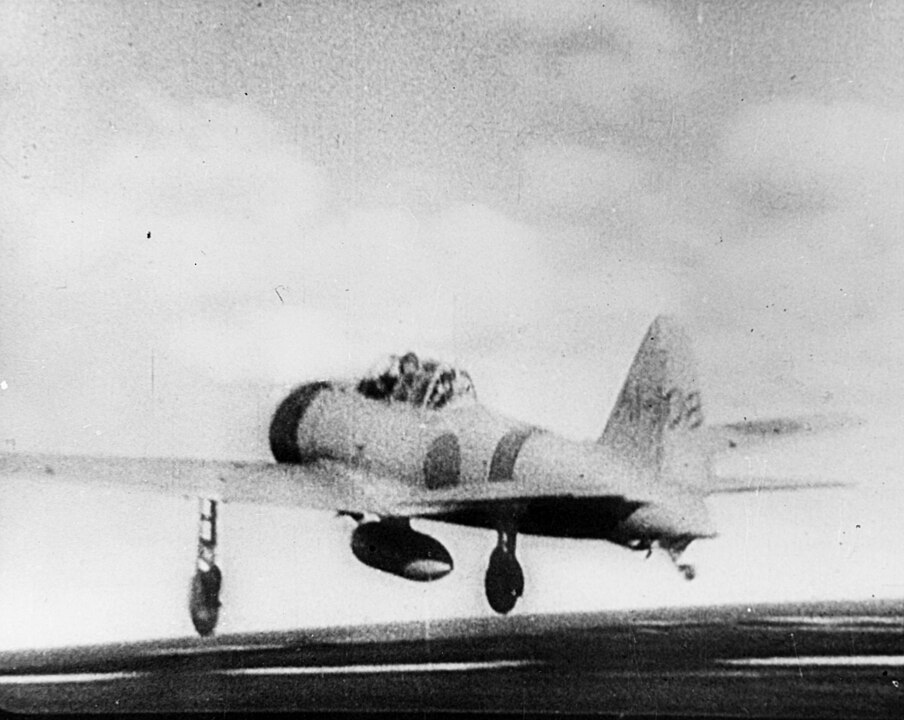
The aircraft’s name derives from its official designation, the Navy Type Zero Carrier-Based Fighter (Reisen), while the Allies referred to it by the code name “Zeke.” The Zero, designed as a successor to the A5M Type 96 “Claude,” was developed to meet the Japanese Navy’s 1937 specifications for a fast, maneuverable, long-range fighter. To achieve its remarkable agility, Japanese engineers kept the aircraft lightweight, compensating for its relatively low-powered engine. However, the lack of interservice coordination in engine development led to compromises in the design, including the omission of pilot armor and non-self-sealing fuel tanks. The A6M saw its first combat in China in late 1940 and quickly established Japan’s air superiority throughout Asia. On December 7, 1941, 125 Zeros participated in the attack on Pearl Harbor, launching from six aircraft carriers. Early in the war, the Zero outclassed Allied aircraft such as the Curtiss P-40 and Seversky P-35 in dogfights, particularly when flown by seasoned Japanese pilots. However, the tide turned as American pilots developed new tactics, learning to avoid direct dogfights and exploit the Zero’s weaknesses with hit-and-run attacks. By 1943, more powerful American fighters, equipped with 2,000-horsepower engines, began to outpace the Zero. As the war continued, Japan also faced a critical shortage of experienced pilots, further diminishing the Zero’s dominance. Despite upgrades, including self-sealing fuel tanks, armor plating, and a more powerful 1,150-horsepower engine, these modifications made the Zero heavier and less maneuverable. By October 1944, during the Battle of the Philippines, Zeros were increasingly used in kamikaze missions, becoming a key aircraft for these suicide attacks.
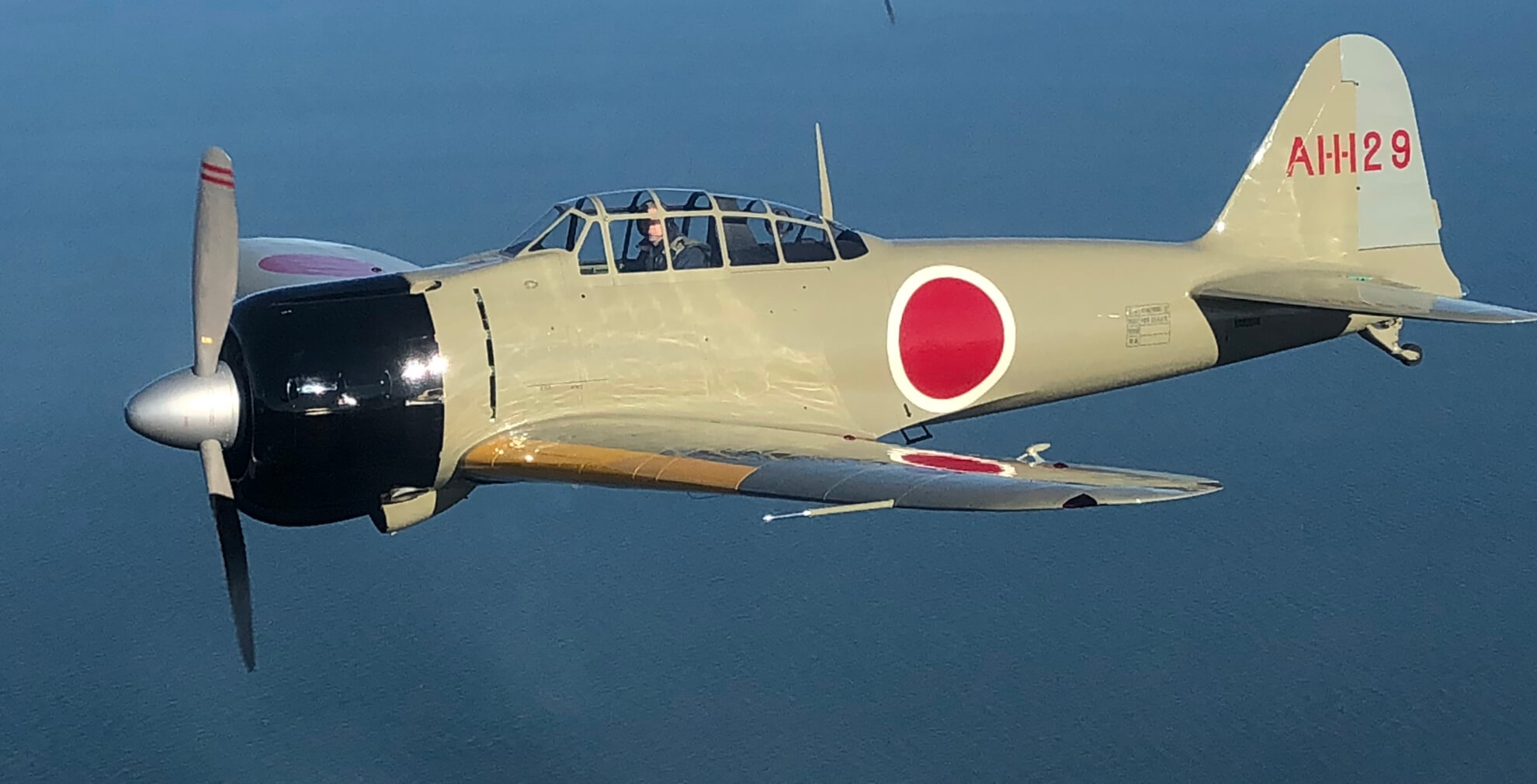
This Nakajima-built A6M2 Zero, s/n 1498, is painted to represent A1-1-129. Its markings are based on one of the few documented Nakajima-built A6M2s for which both the tail code and serial number are known. The original aircraft, s/n 6544, tail code A1-1-129, was shot down over Russell Island on February 4, 1943. The wreckage, photographed by American forces, yielded artifacts confirming its serial number. The tail code indicated it was assigned to the carrier Zuikaku, and its serial number places its manufacture in late December 1942. Evidence suggests it may have been flown by Petty Officer Second Class Sakuji Tanaka, one of two Zuikaku pilots lost on February 4, 1943.
